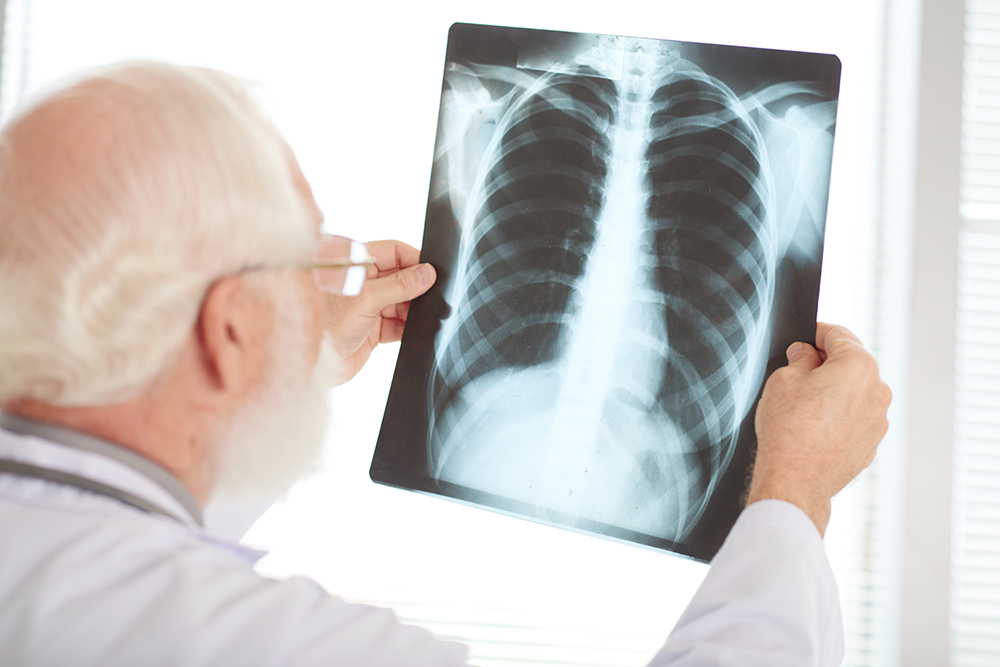
According to a report by the World Health Organization (WHO), the global efforts to combat tuberculosis (TB) have successfully saved approximately 75 million lives since 2000. However, despite these efforts, TB continues to cause 1.3 million deaths annually and affects millions more, resulting in significant consequences for families and communities worldwide. TB remains one of the most deadly infectious diseases globally, and it remains the primary cause of death for individuals living with HIV.
Tuberculosis (TB) is a disease caused by the bacterium Mycobacterium tuberculosis. It typically affects the lungs but can also damage other parts of the body.
Prevention
Screening of high-risk groups: Regularly screening people who are more likely to be infected, such as close contacts of active TB patients, in order to detect latent infections early before they progress to active disease.
Treating latent TB: Providing preventive antibiotic treatment to asymptomatic individuals with latent TB can kill the bacteria and reduce their risk of developing active TB later in life.
BCG vaccination: The BCG vaccine provides some level of protection, especially against severe childhood forms of TB.
Infection control: Basic measures like proper ventilation of indoor spaces, use of UV light disinfection, and rapid isolation of infectious patients can help lower the risk of airborne transmission of TB bacteria.
Preventing at-risk groups: Measures to manage conditions like HIV/AIDS, diabetes, malnutrition and indoor air pollution as these factors increase vulnerability to TB infection and progression.
Symptoms
Prolonged cough lasting 3+ weeks, may produce sputum.
Sputum production especially in morning, sometimes with blood streaks.
Weakness and fatigue due to systemic infection.
Significant unintended weight loss as illness progresses.
Occasional low-grade fever, often with night sweats.
Chest pain during breathing or coughing, located in chest area.
Loss of appetite leading to weight loss.
Shortness of breath in advanced cases.
Enlarged neck lymph nodes.
Symptoms start gradually, making early diagnosis challenging without screening. A combination of symptoms, exam findings and tests help confirmation.
Diagnosis
Sputum smear microscopy: Rapid screening but low sensitivity, may miss smear-negative cases.
Culture: Gold standard for confirming TB, but takes weeks for results.
Rapid tests: Quick and accurate, enabling early detection for better treatment outcomes.
Chest x-rays: Evaluates lung signs, supports TB diagnosis.
Nucleic acid amplification tests (NAATs): Amplifies TB DNA or RNA for rapid diagnosis (PCR, LAMP, SDA).
By continuing to prioritize prevention, early detection, and effective treatment, we can work towards the goal of ending TB and saving countless lives worldwide. Together, we can make a difference and create a TB-free future for everyone.